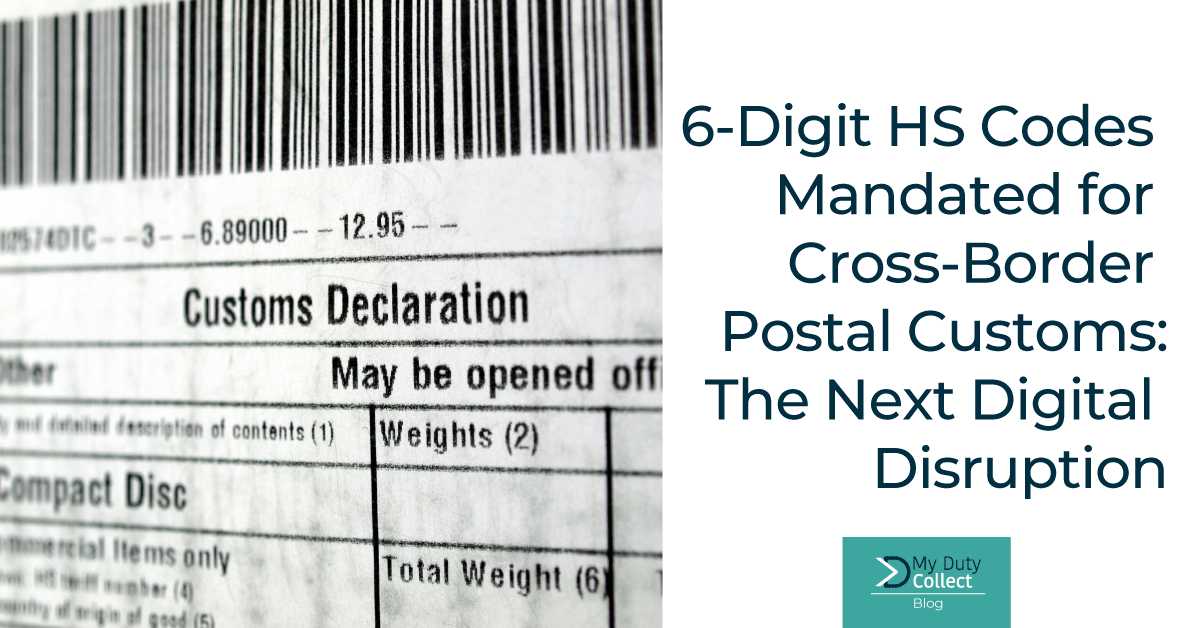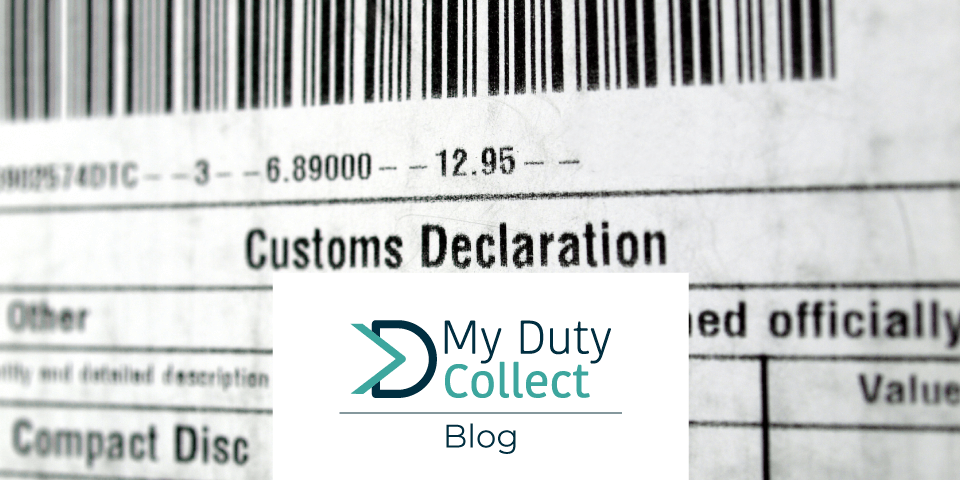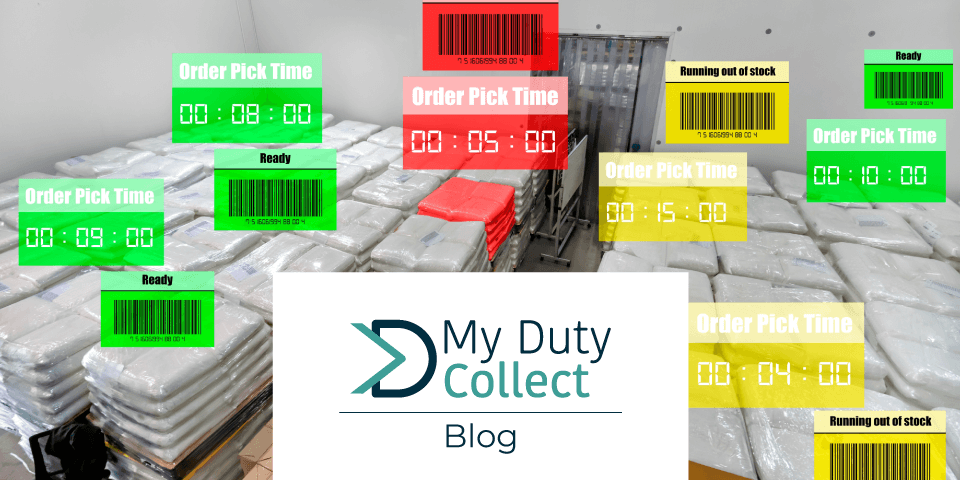Digitalization has revolutionized various industries, including mail services, e-commerce, and logistics. One significant area of transformation in cross-border eCommerce is the adoption of Electronic Advanced Data (EAD) by customs and tax authorities for digital customs procedures. In this blog post, we delve into the recent development of mandating 6-digit Harmonized System (HS) tariff codes for cross-border postal items, and its implications on customs clearance and data quality.
–
READ MORE: Are IOSS and ICS2 the same?
–
Increasing Divergence and the Need for Standardization
The Universal Postal Union (UPU), as the regulator of cross-border postal exchanges, has recognized the importance of incorporating HS codes used by senders of commercial items for smooth customs clearance at the destination. Several governments, including the European Union, have declared HS codes mandatory for postal customs clearance and pre-arrival and on-arrival safety risk assessment (ICS2). This move aims to enhance transport security and product safety. However, globally, the application of HS codes for postal items has witnessed increasing divergence.
A Turning Point – 6-Digit WC Originated System Tariff Codes
From May 12, 2023, senders of items containing a commercial nature (whereby “commercial nature” is defined as involving a financial transaction associated with the item) shall provide 6-digit WCOC Harmonized System Tariff codes on the customs declaration for each article contained in the item, where the destination administration requires this information. This critical step in harmonizing HS codes for postal items has been spearheaded by the UPU’s Harmonization and Standardization Task Force Committee, where the decision to implement this recommendation has been officially confirmed.
The Role of Data Quality and Regulation
This regulation reflects the reality that customs authorities increasingly depend on complete customs declarations to ensure adequate postal customs clearance, including on-arrival safety risk analysis. European designated postal operators (DOs) proposed this regulation, emphasizing the necessity for accurate and comprehensive data to meet the growing demands of customs authorities. With the implementation of this regulation from September 1, 2025, DOs will further strengthen their commitment to ensuring high-quality data and driving digitalization in the postal sector.
Benefits and Implications
The introduction of 6-digit HS codes for cross-border postal items offers several benefits and implications. First, it enhances the competitiveness of DOs by streamlining customs processes and ensuring compliance. Second, it promotes data quality, benefiting consumers and small and medium-sized enterprises (SMEs) who frequently use postal channels. Finally, this regulation serves as a catalyst for further digitalization in the postal sector, paving the way for improved efficiency and transparency.
The mandated use of 6-digit HS codes for cross-border postal customs marks a significant milestone in the digital transformation of the industry. By aligning customs procedures with standardized codes, the regulation aims to enhance security, safety, and data quality. As the postal sector continues to evolve, this change not only strengthens the position of DOs but also reinforces the overall competitiveness of the industry. The implementation of this regulation demonstrates the industry’s commitment to embracing digitalization and meeting the evolving needs of global trade.

Subscribe to our blog and visit our website and LinkedIn page for more updates. You can also reach out to us by sending a message to info@mydutycollect.com. We will be delighted to hear from you.




